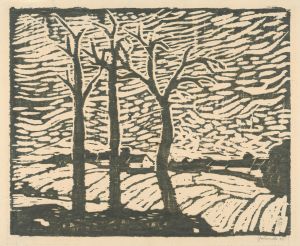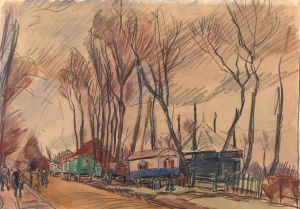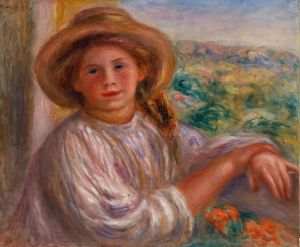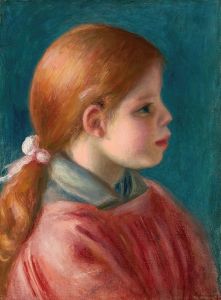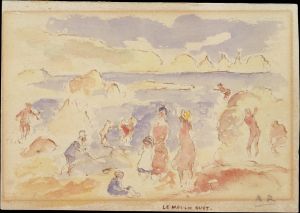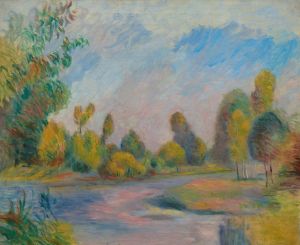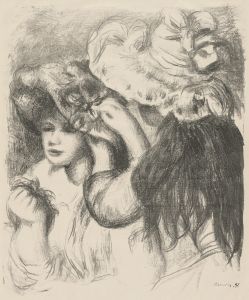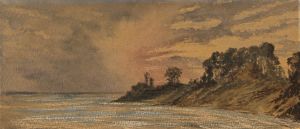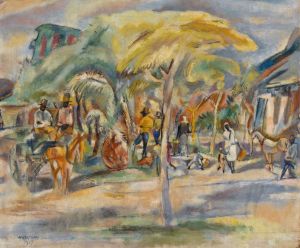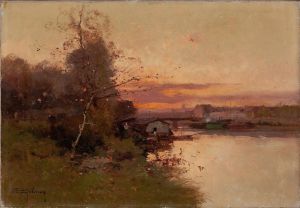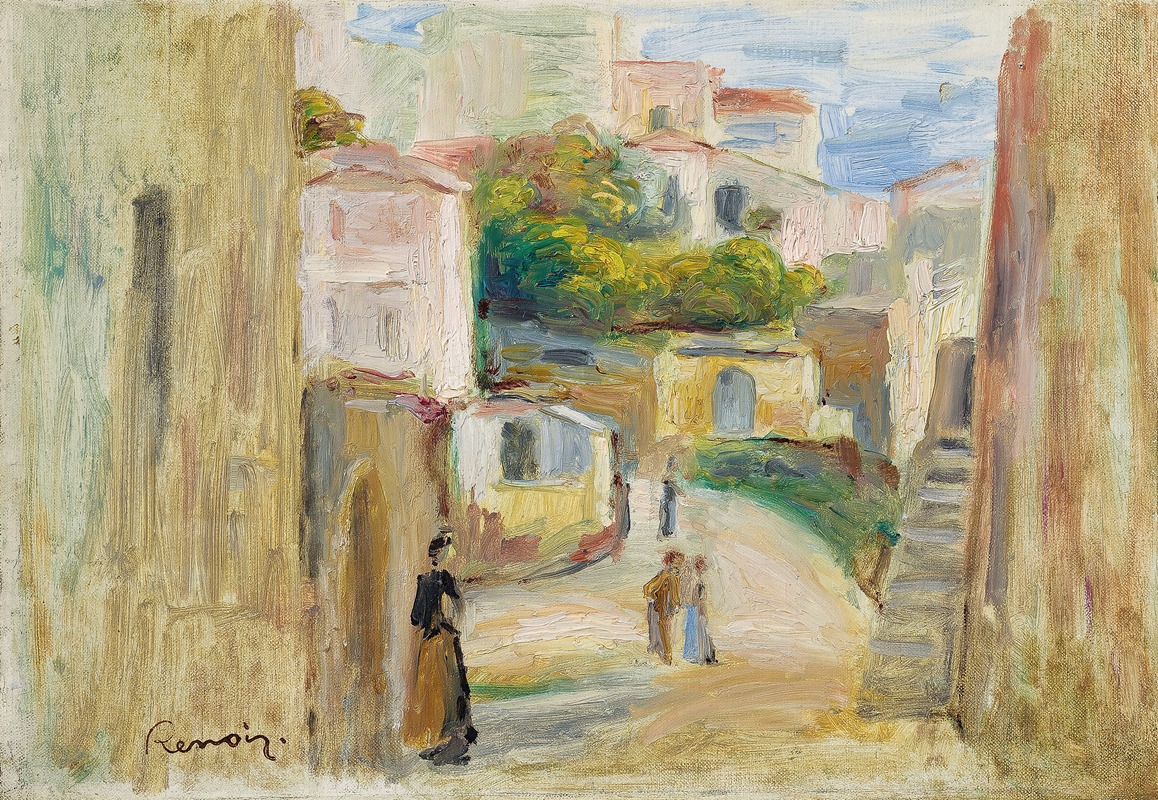
Vue de village, Route à Cagnes
A hand-painted replica of Pierre-Auguste Renoir’s masterpiece Vue de village, Route à Cagnes, meticulously crafted by professional artists to capture the true essence of the original. Each piece is created with museum-quality canvas and rare mineral pigments, carefully painted by experienced artists with delicate brushstrokes and rich, layered colors to perfectly recreate the texture of the original artwork. Unlike machine-printed reproductions, this hand-painted version brings the painting to life, infused with the artist’s emotions and skill in every stroke. Whether for personal collection or home decoration, it instantly elevates the artistic atmosphere of any space.
Pierre-Auguste Renoir's painting Vue de village, Route à Cagnes is a work by the renowned French Impressionist artist, created during the later years of his career. Renoir, known for his vibrant use of color and light, often depicted scenes of everyday life, landscapes, and portraits. This particular painting captures a rural village scene in Cagnes-sur-Mer, a town in the south of France where Renoir spent the final years of his life.
The artwork portrays a quiet road winding through the village, surrounded by lush greenery and bathed in warm, natural light. Renoir's characteristic brushwork is evident in the soft, fluid strokes that bring the landscape to life. The composition reflects his deep appreciation for the beauty of the French countryside, a recurring theme in his later works. By this time, Renoir had moved away from the more experimental techniques of his earlier Impressionist period and embraced a more classical approach, focusing on harmony and the interplay of color and form.
Renoir settled in Cagnes-sur-Mer in 1907, purchasing a property known as Les Collettes. The Mediterranean climate and picturesque surroundings provided him with inspiration for many of his late works, despite the challenges he faced due to rheumatoid arthritis. The artist's physical condition required him to adapt his painting techniques, but his passion for art remained undiminished.
While specific details about the creation date or provenance of Vue de village, Route à Cagnes are not widely documented, it is consistent with Renoir's body of work from this period. The painting exemplifies his ability to capture the serene and idyllic qualities of rural life, a subject that resonated deeply with him in his later years.
Today, Renoir's works, including those from his time in Cagnes-sur-Mer, are celebrated for their enduring beauty and influence on the development of modern art. Vue de village, Route à Cagnes serves as a testament to Renoir's mastery of landscape painting and his dedication to capturing the essence of his surroundings.





